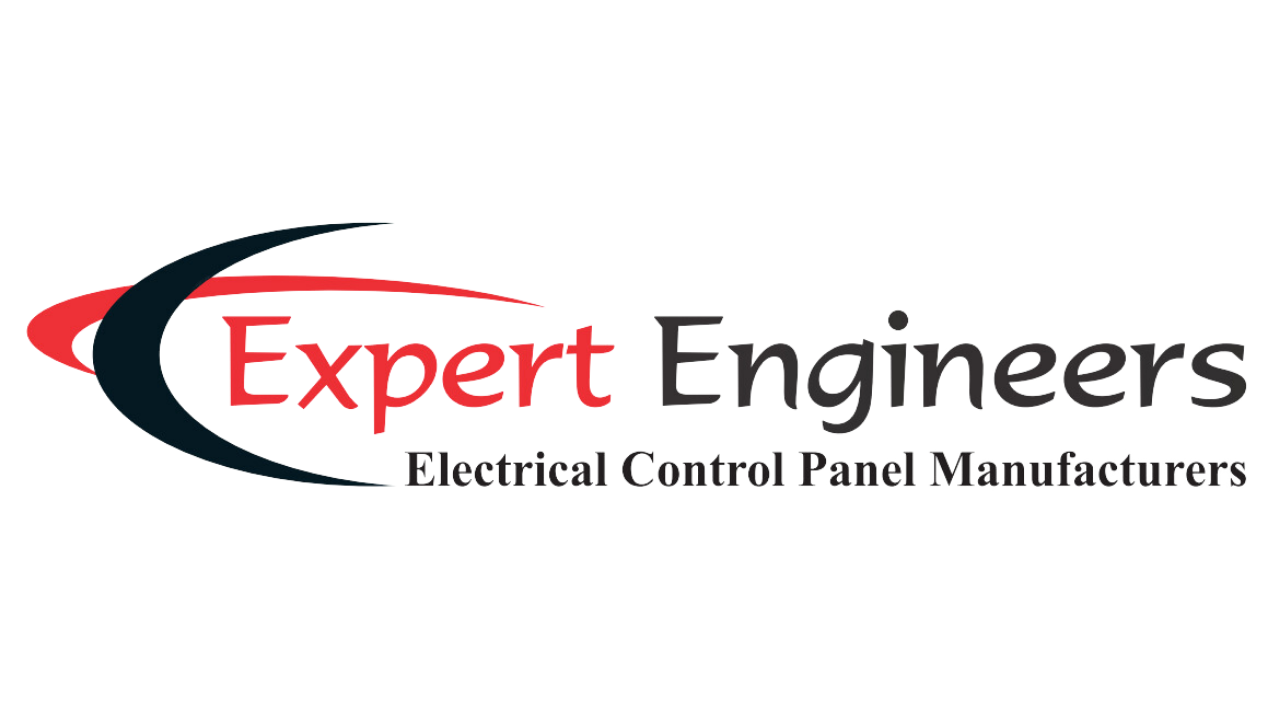The efficiency is a key factor in any energy system. The power factor correction is a crucial aspect often overlooked. Power factor is the ratio of active power (work in ac circuit & measure in kW) to apparent power (root mean square of voltage and current). A power factor of unity indicates that all the power supplied to the load is 100% used effectively. However, in many industrial and commercial systems, power factors can be lower due to inductive loads such as motors, transformers and fluorescent lighting etc. This inefficiency can lead to increased energy costs, reduced system capacity and unnecessary strain on equipment.
Understanding Power Factor:
To know the importance of power factor correction, it’s essential to understand how it affects electrical systems. In AC circuits, voltage and current are out of phase in inductive loads (current lag by voltage). This results in higher currents being drawn from the source to deliver the required power, leading to increased losses in the distribution system. In contrast, a leading power factor occurs in capacitive loads (current lead by voltage), which can also cause inefficiencies in the system.
Benefits of Power Factor Correction:
1. Energy Efficiency: Implementing power factor correction techniques helps in minimizing reactive power consumption, thereby reducing energy losses in the system. This results in lower electricity bills and improved overall energy efficiency.
2. Optimized System Capacity: By correcting power factor, the apparent power drawn from the source decreases, allowing for better utilization of existing electrical infrastructure. This optimization prevents overloading of transformers, switchgear and cables, prolonging their lifespan and reducing the need for costly upgrades.
3. Compliance and Penalties: Many utility providers impose penalties on consumers with poor power factor. By ensuring power factor correction, businesses can avoid these penalties and maintain compliance with regulations, thus saving significant costs in the long run.
4. Improved Voltage Stability: Power factor correction can lead to a more stable voltage profile in the electrical distribution network. This stability ensures consistent performance of sensitive equipment and reduces the risk of voltage fluctuations, which can damage to machinery and disrupt operations.
5. Environmental Impact: Lowering energy consumption through power factor correction not only benefits the bottom line but also contributes to environmental sustainability by reducing carbon emissions associated with electricity generation.
Implementing Power Factor Correction:
There are various methods for implementing power factor correction, including capacitor banks, synchronous condensers and active power factor correction devices. Capacitor banks are the most commonly used solution, where capacitors are connected in parallel to the load to counteract the reactive power drawn by inductive loads.
Conclusion:
In conclusion, power factor correction is a critical
aspect of electrical system design and operation. By improving power factor, businesses can enhance energy efficiency, optimize system capacity and reduce operational costs. Investing in power factor correction not only benefits the bottom line but also contributes to a more sustainable and reliable electrical infrastructure. As industries strive for greater efficiency and sustainability, integrating power factor correction into electrical control panels will become increasingly essential.






